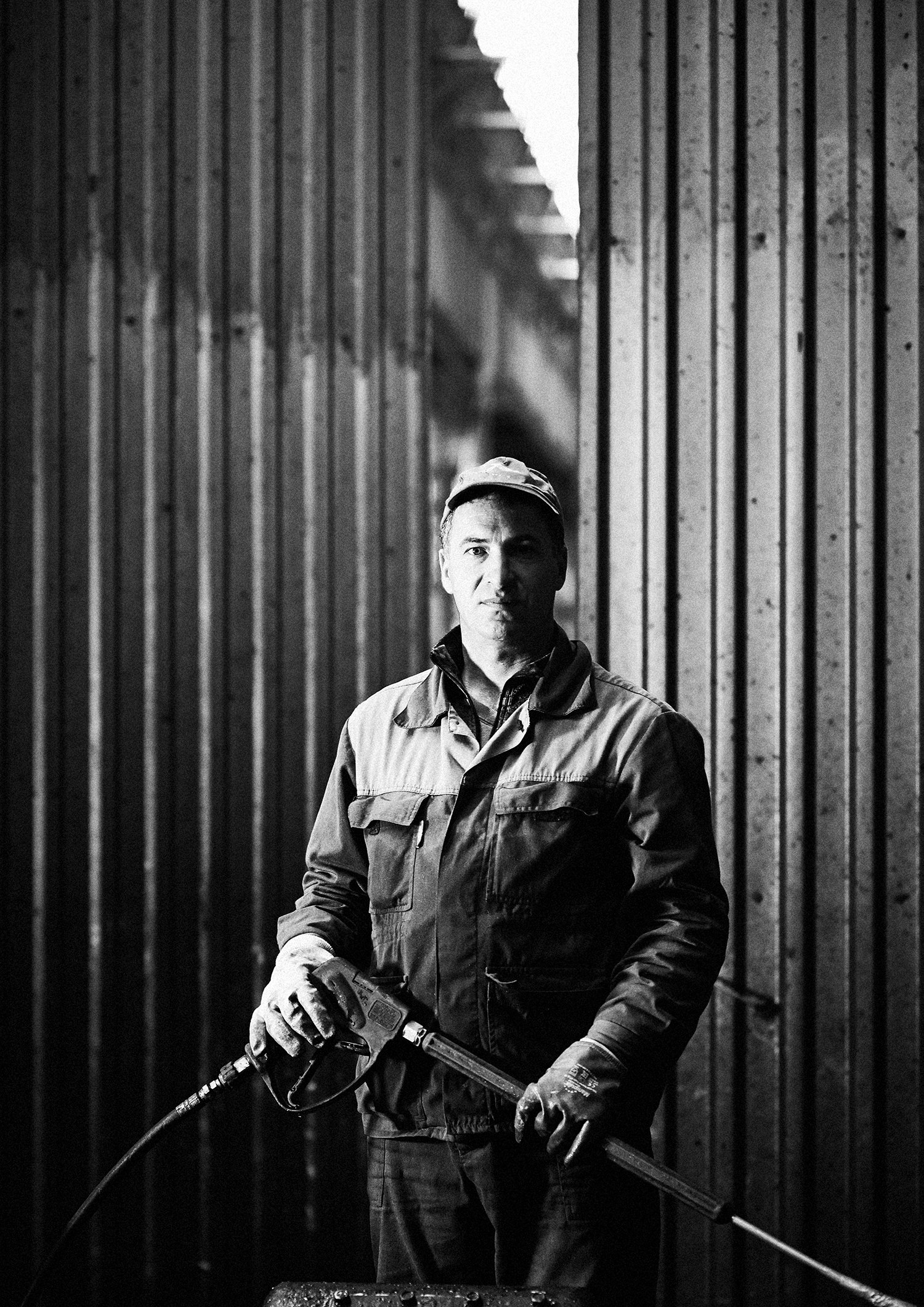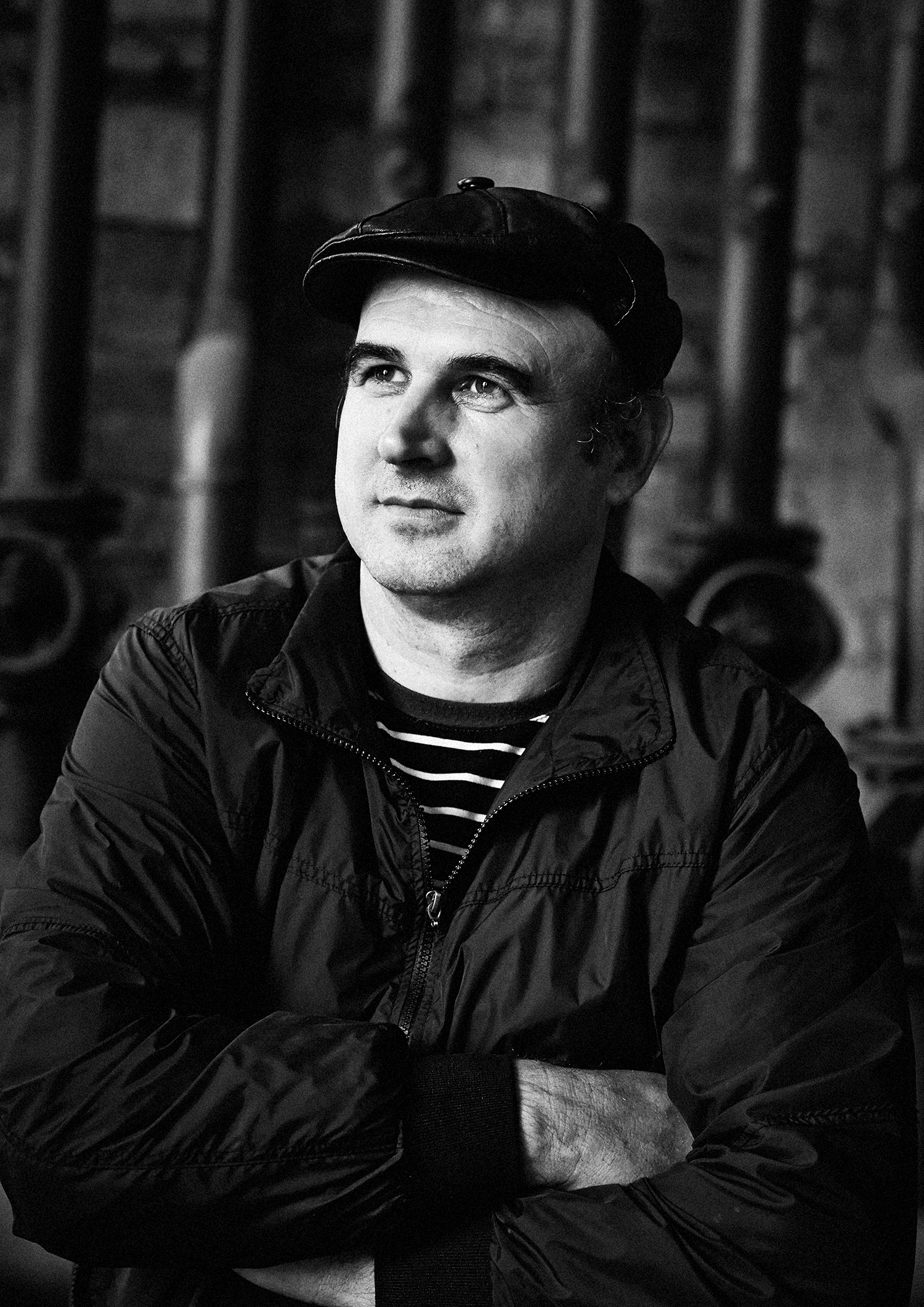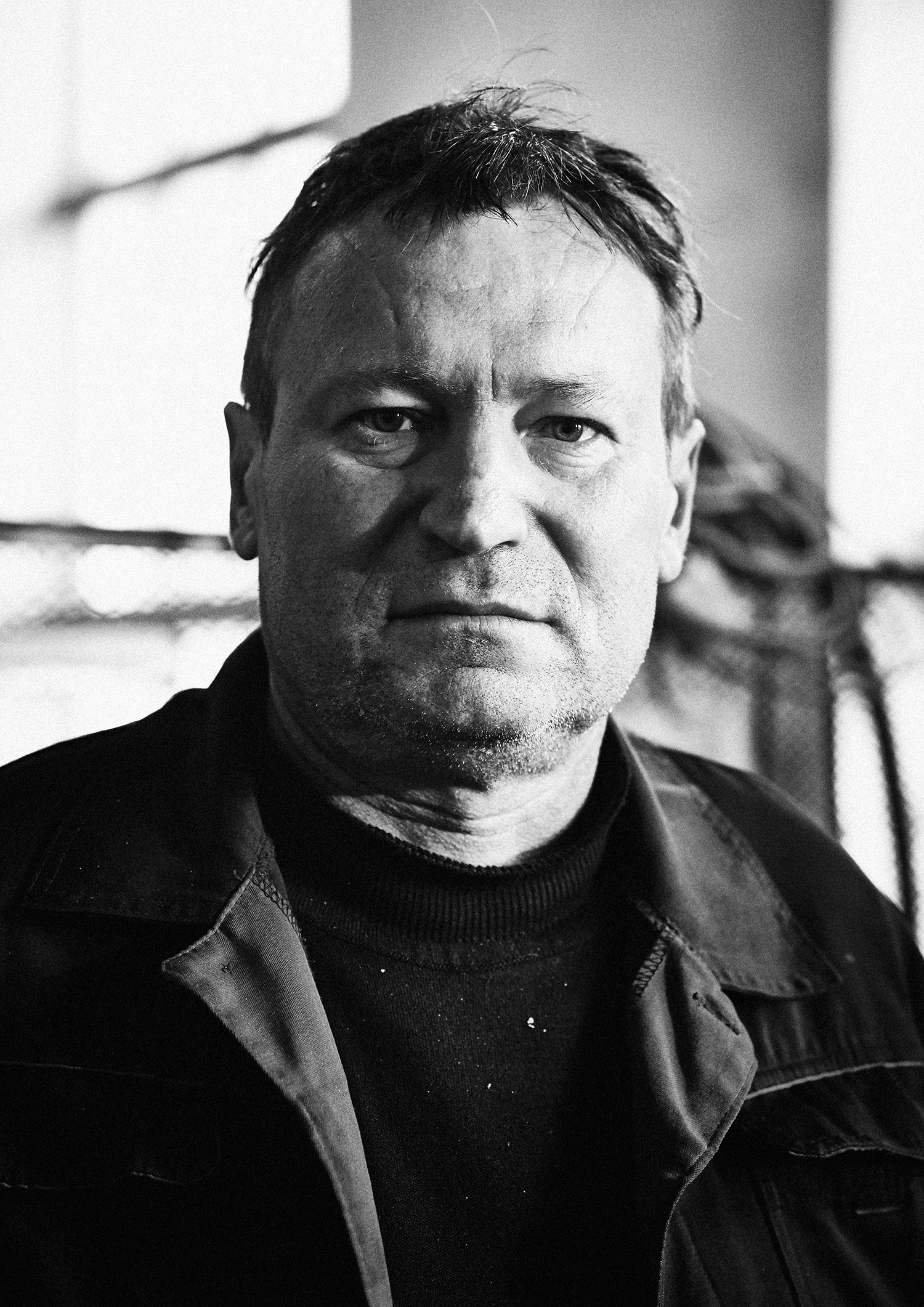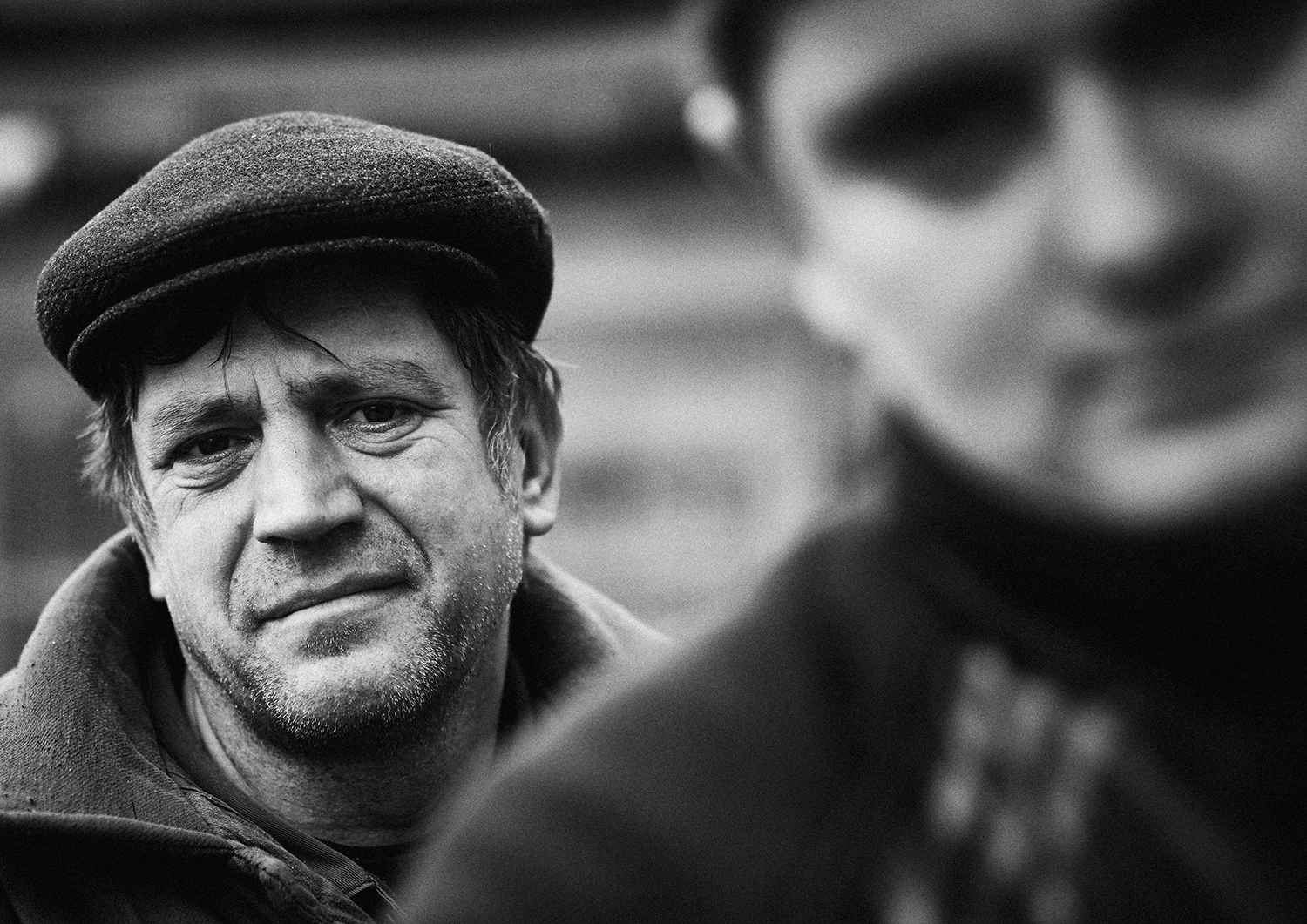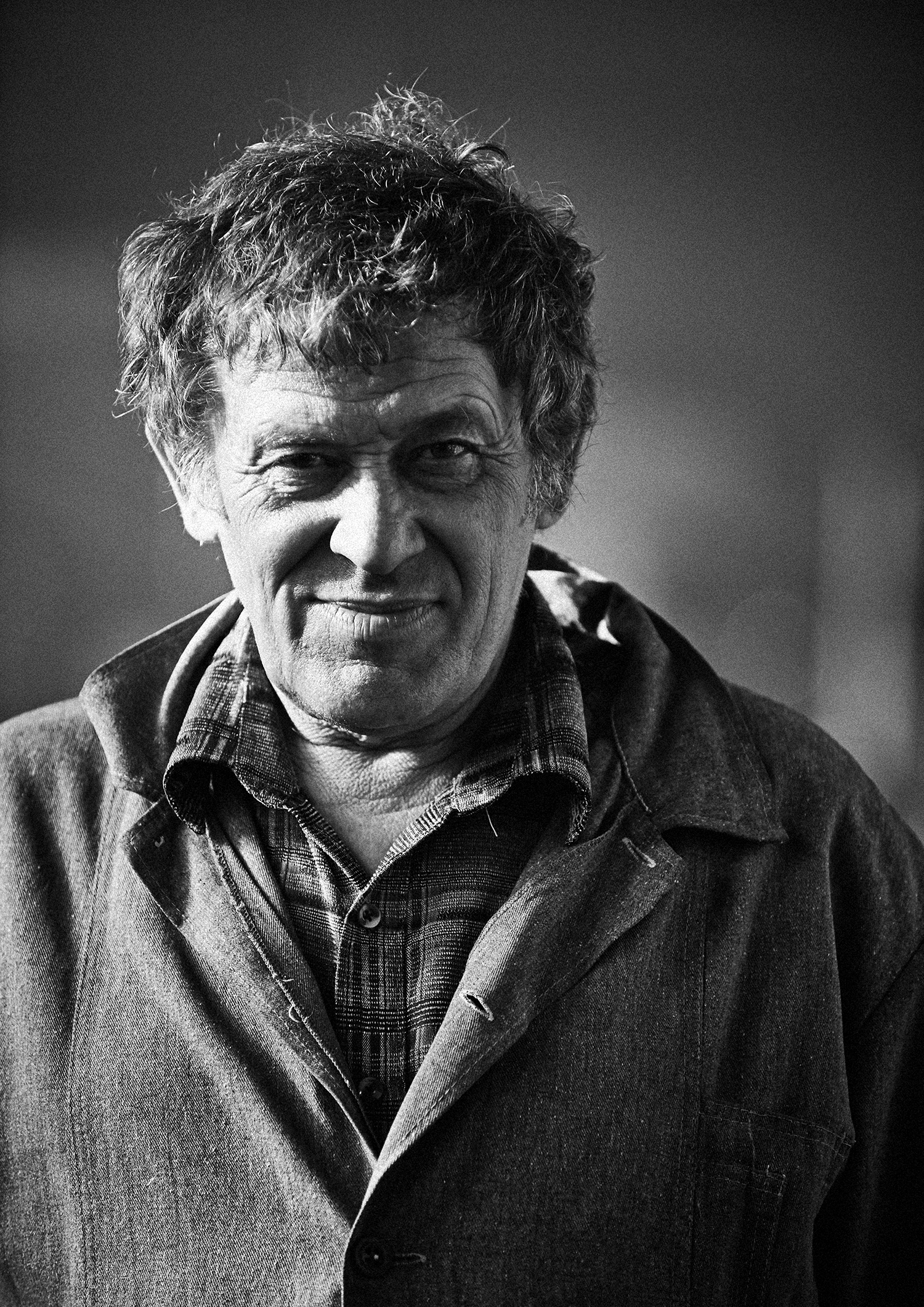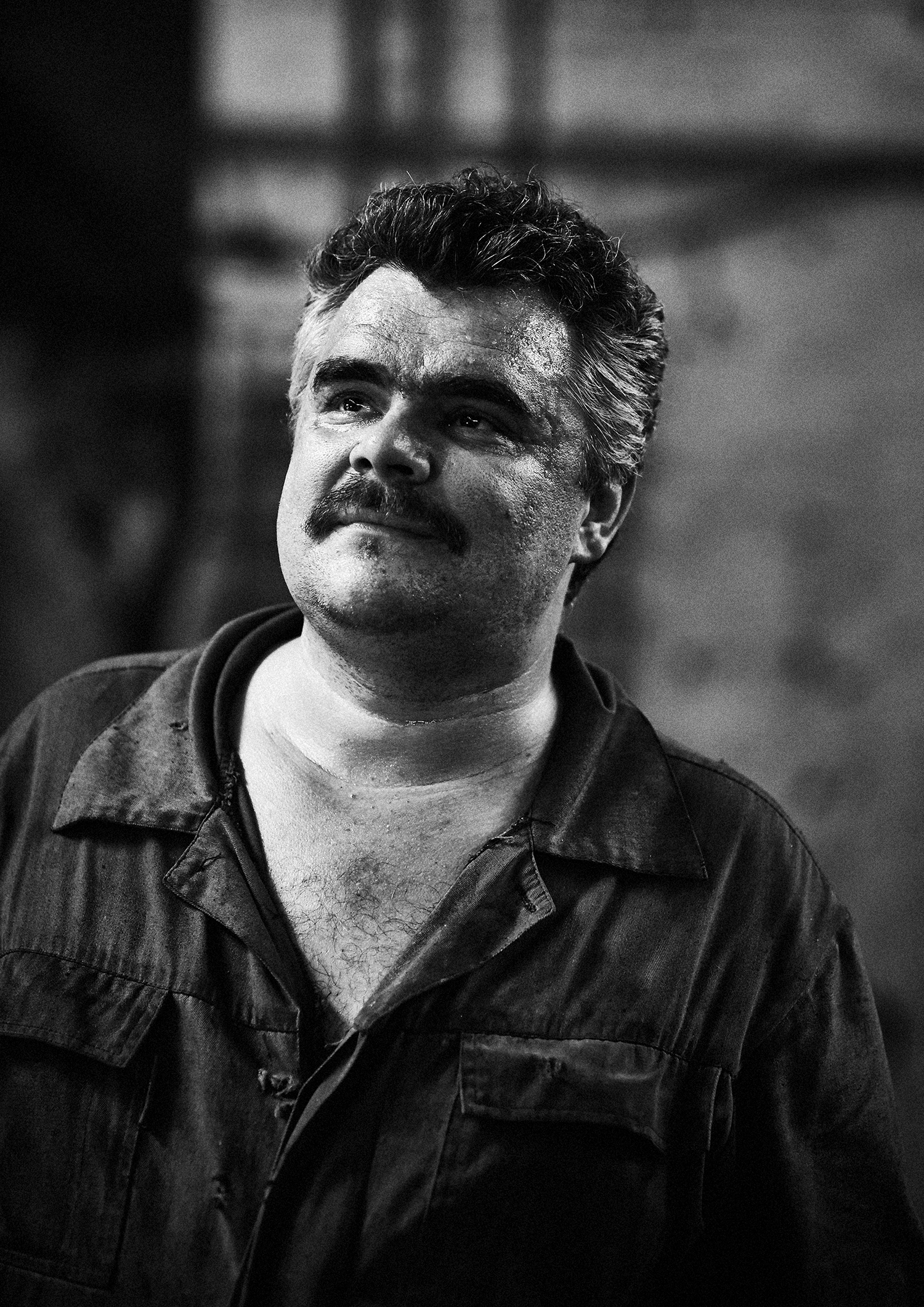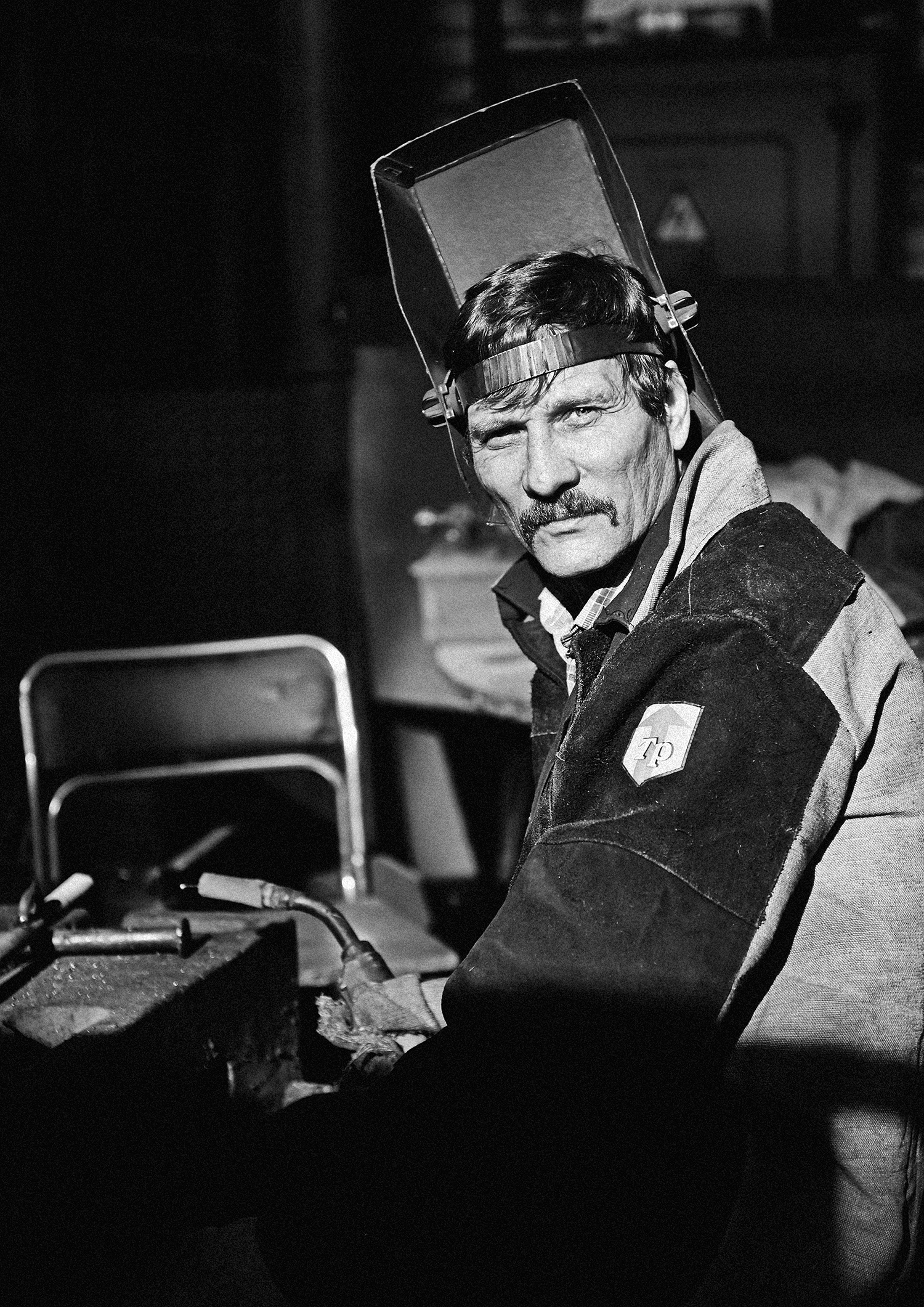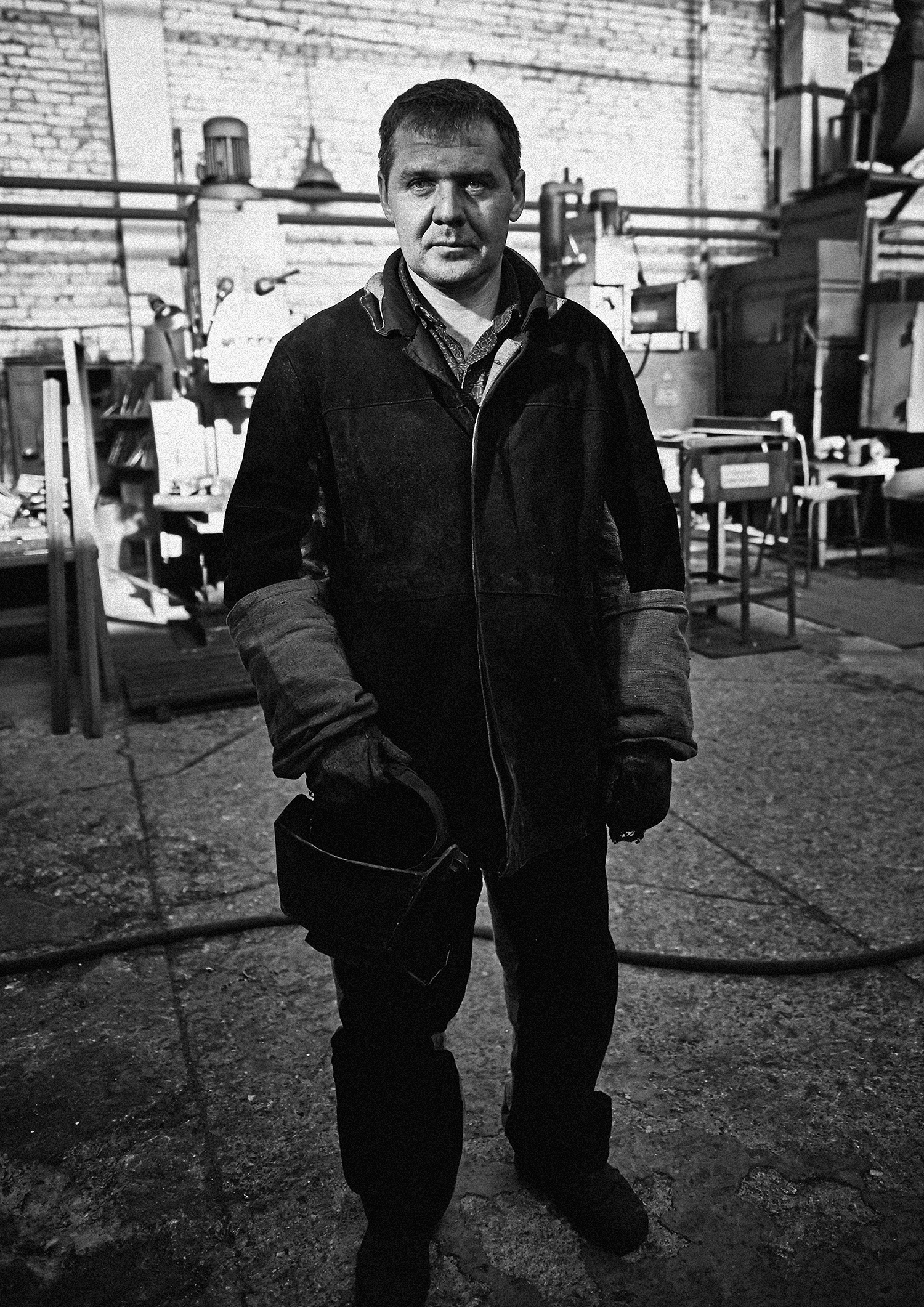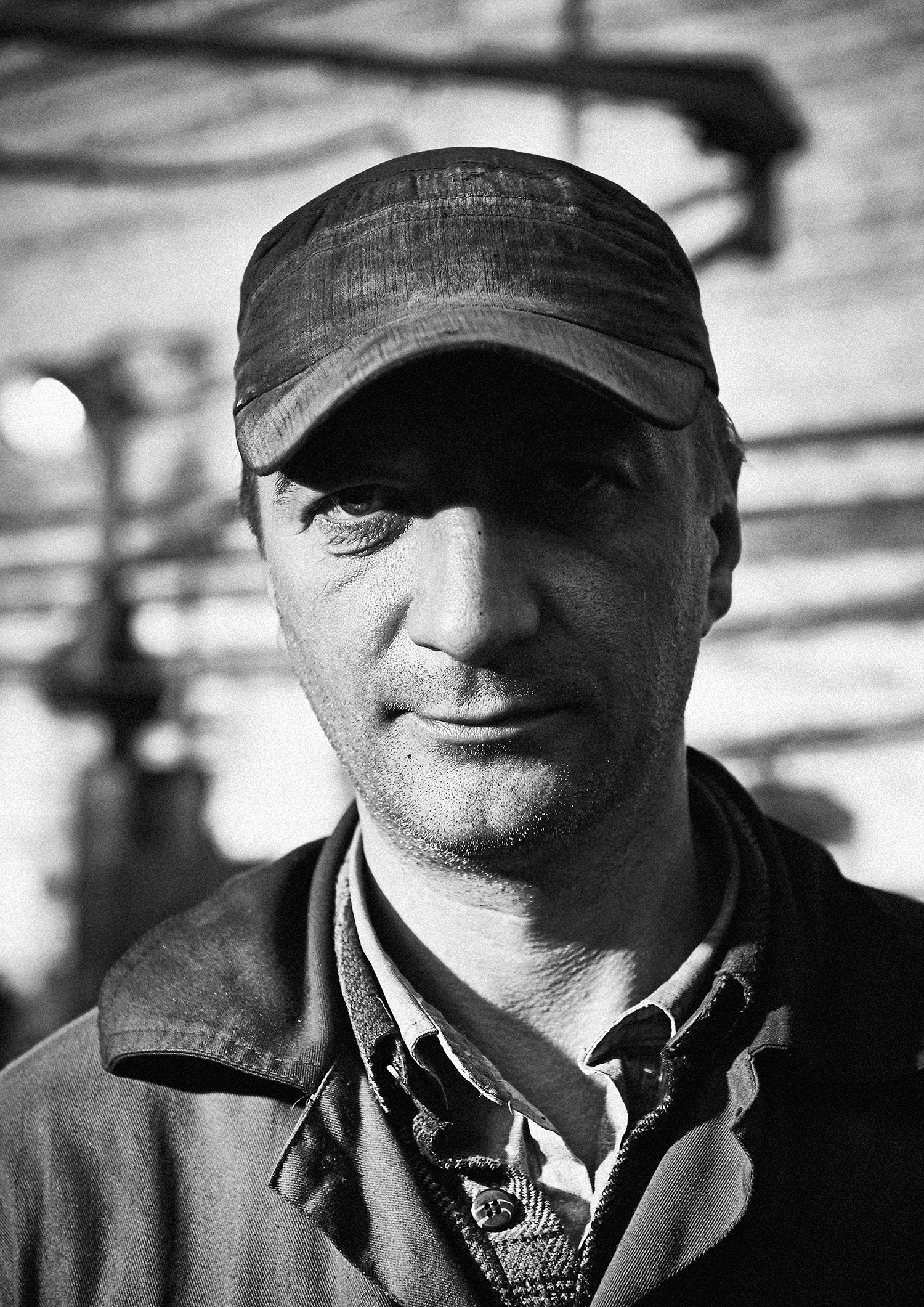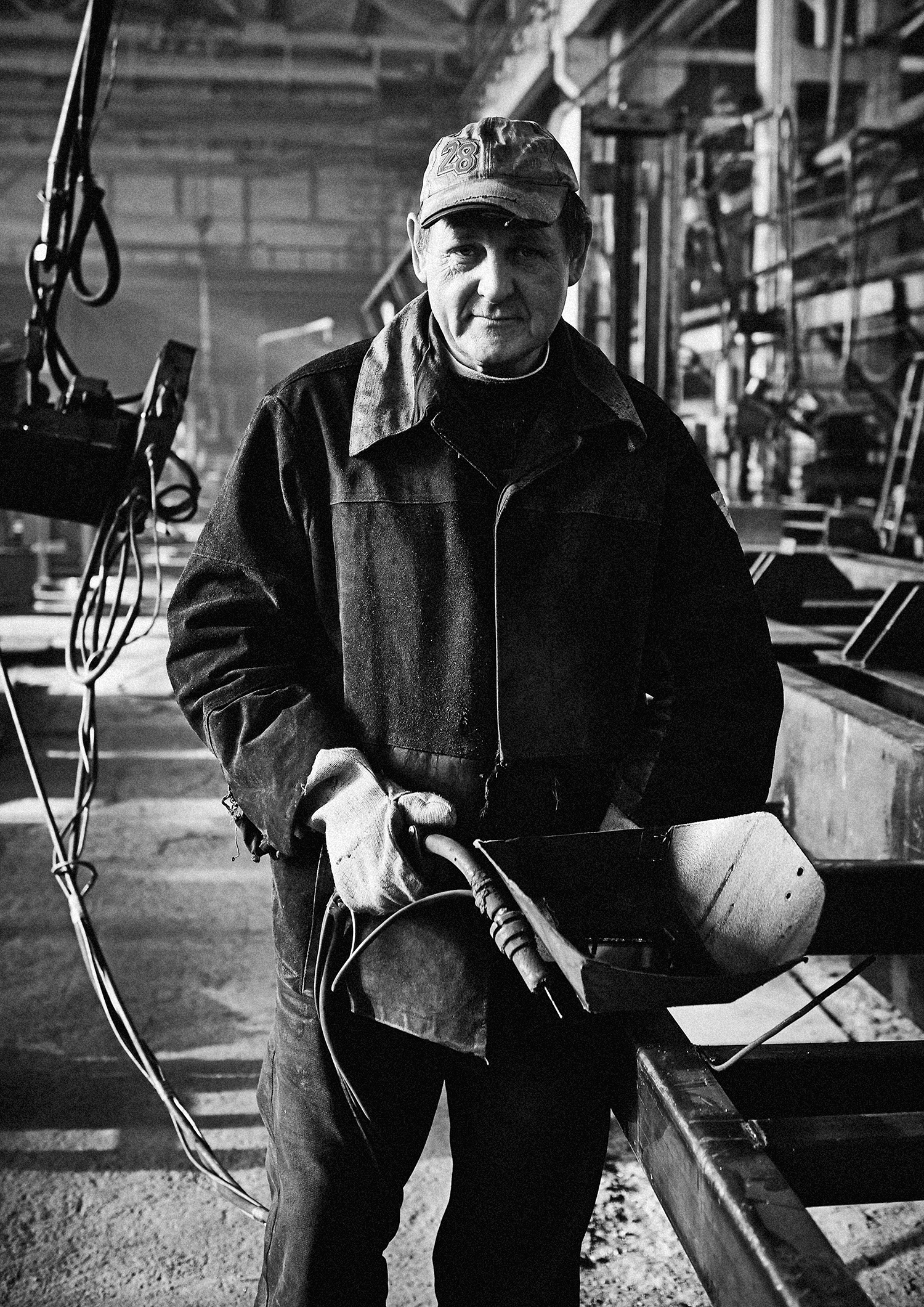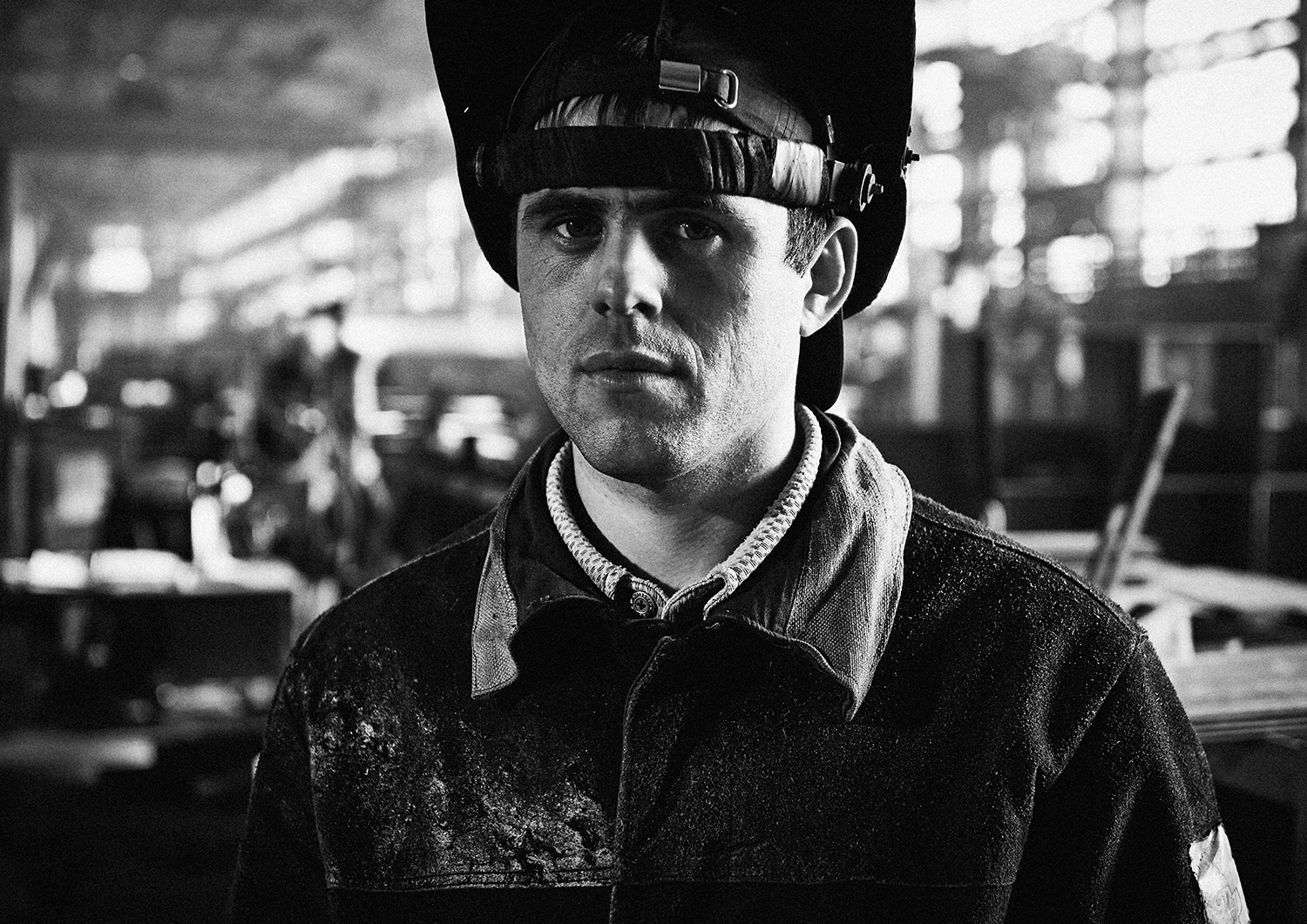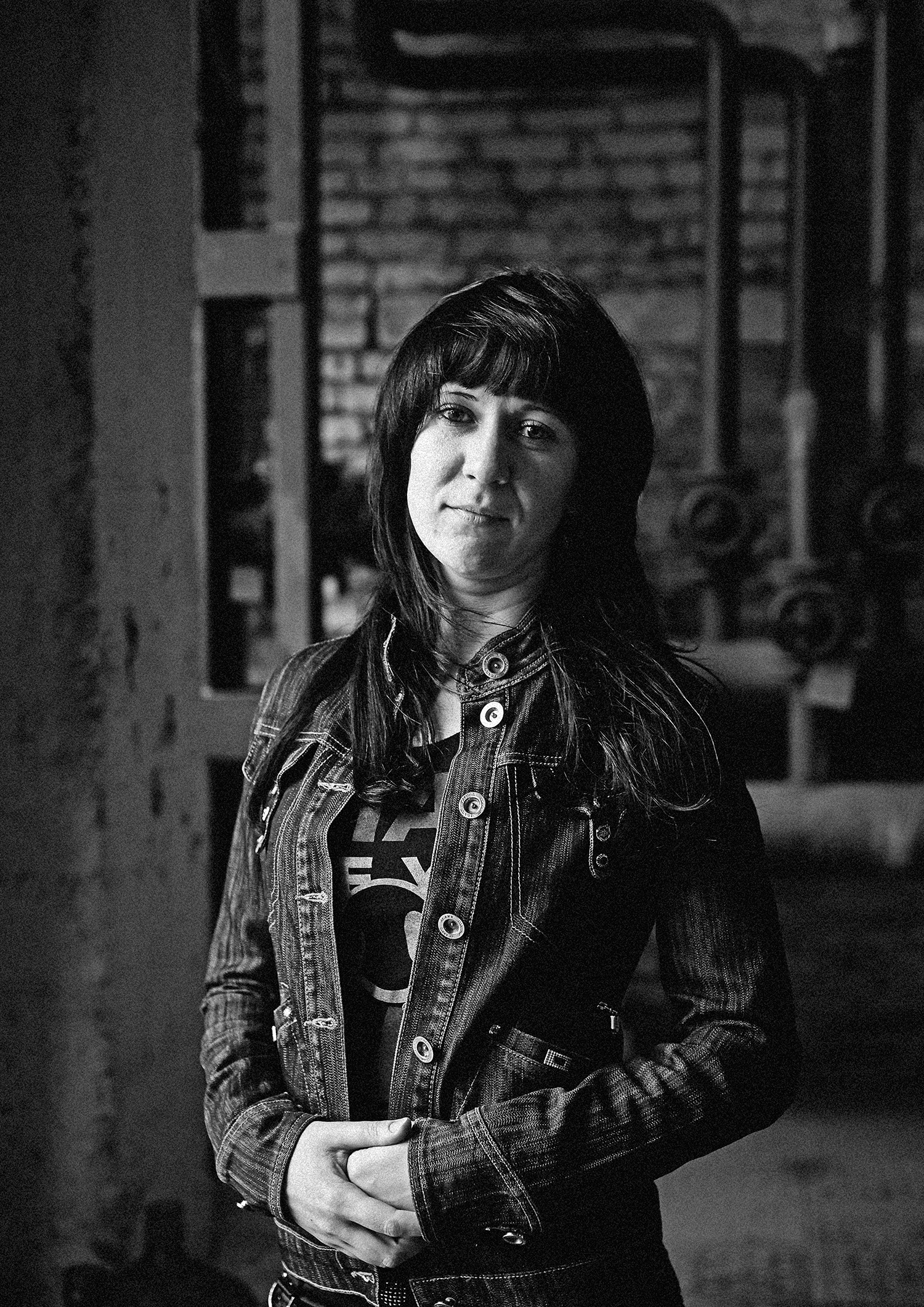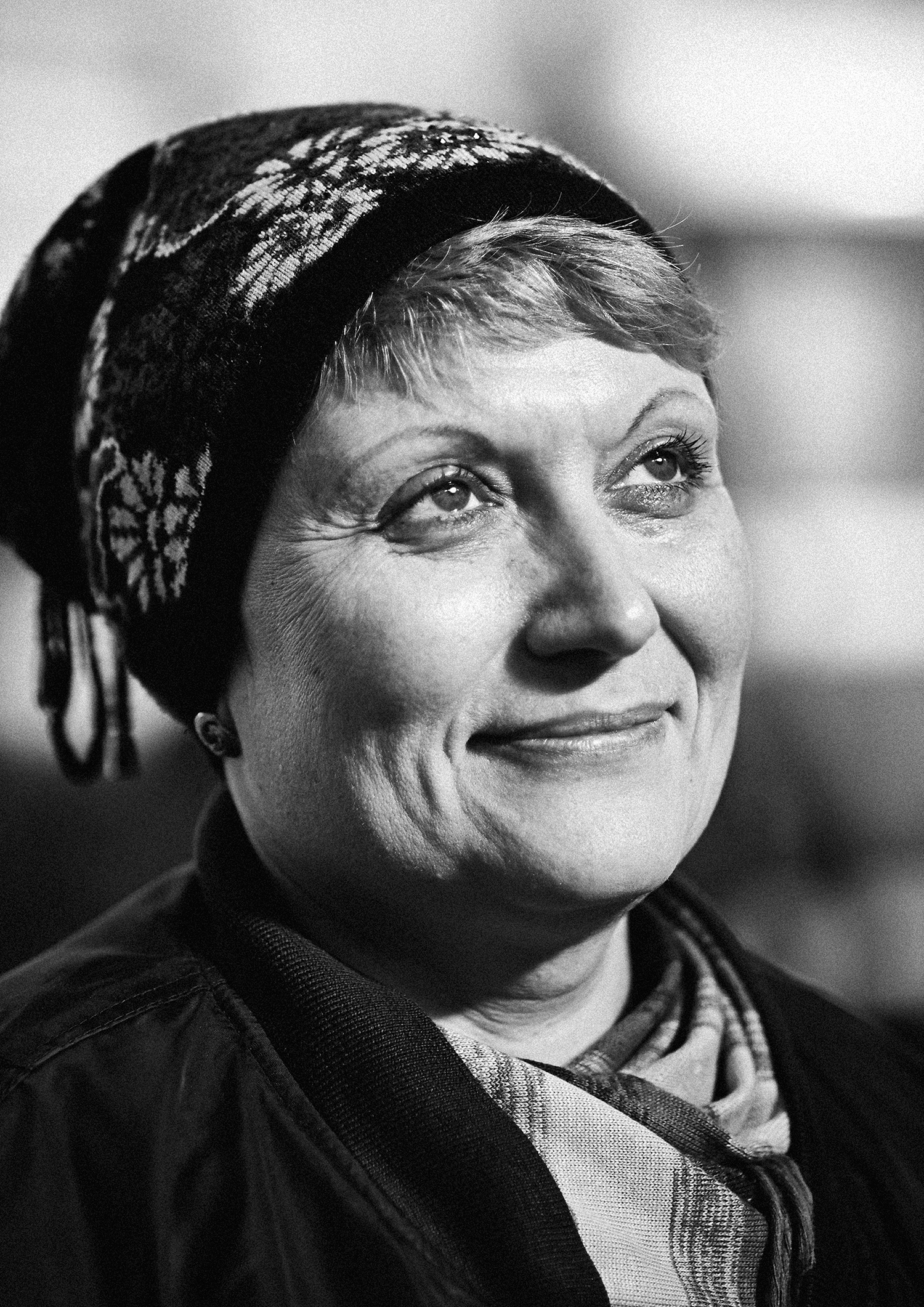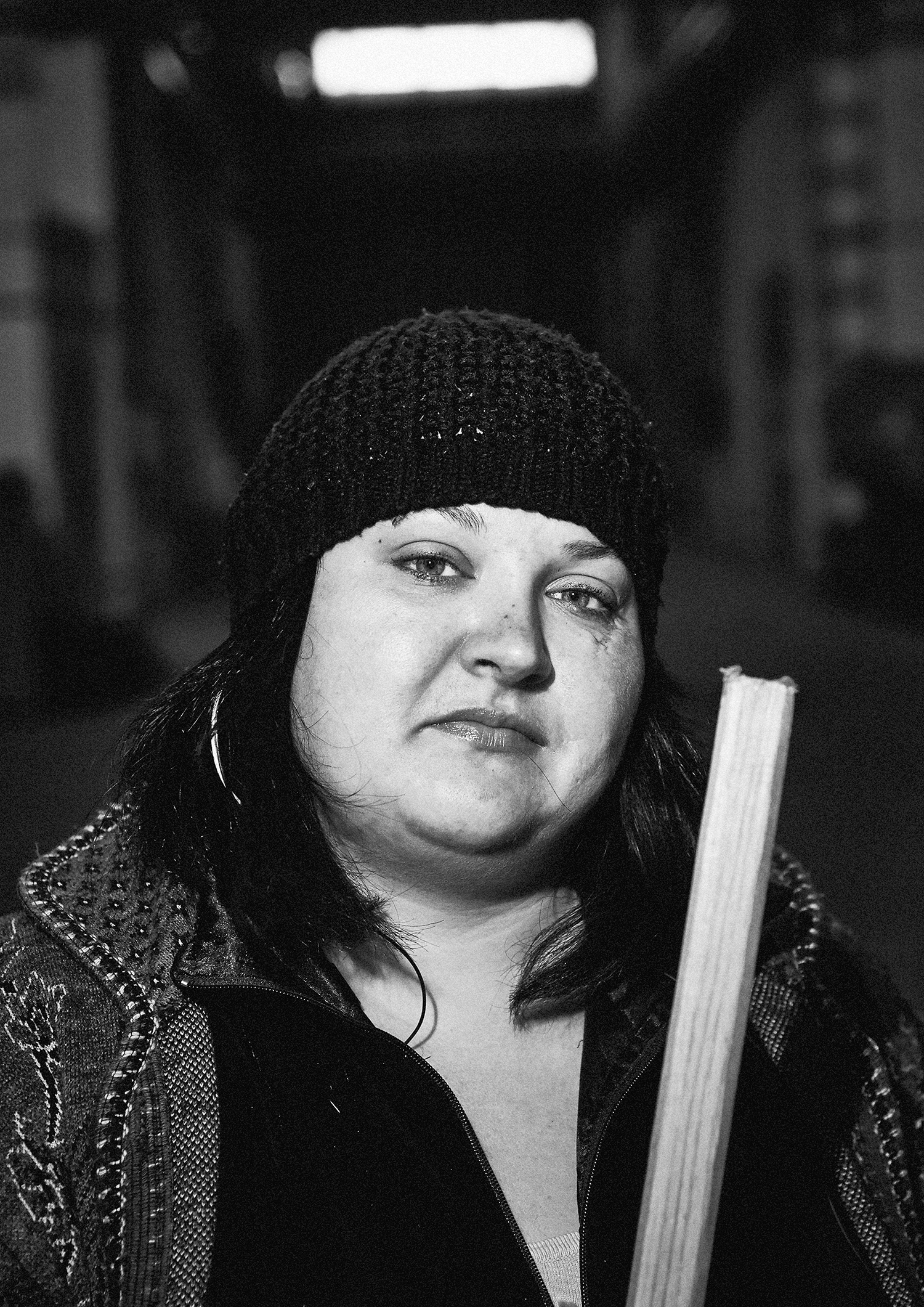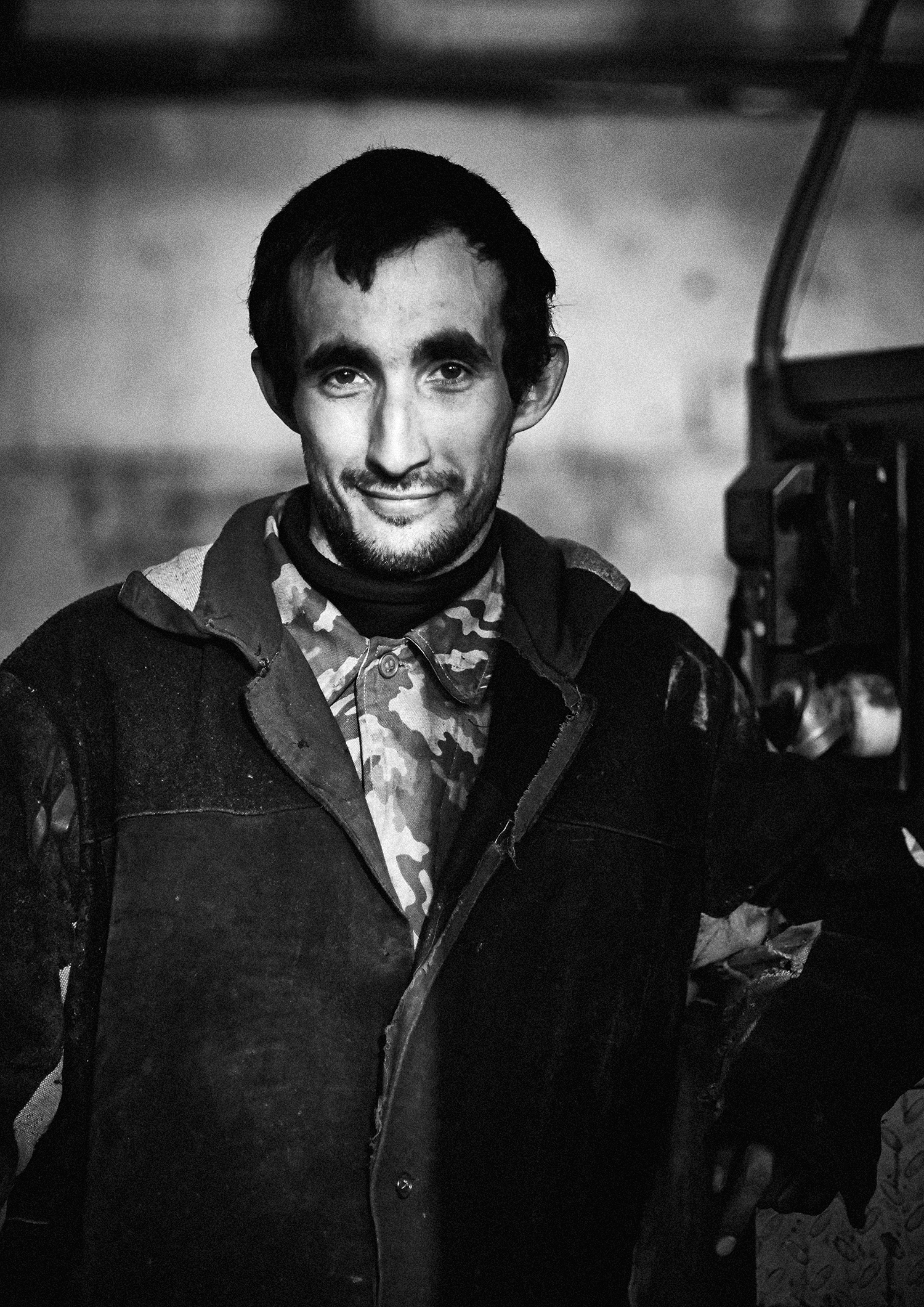Working.Class
The TMZV factory has buildings that go back to the 1920s and a history that predates the Soviet era. It is also a factory that has been owned and run by generations of the same family. For the factory to survive for further generations it must succeed in finding a way to reconcile its historical heritage with the demands of today’s global and competitive market. It is a question that many other Russian companies need to address and indeed companies beyond Russia where the coming of globalization imposes an irresistible dictum to modernize or be left behind and with that modernization the inevitable destruction of a work force which is unquestionably in the case of TMZV, of a community and perhaps even a town.
The question that hangs in the air, is not can the current states of affairs continue to exist, but is it inevitable what must replace it? It is this question that the images taken Dawton and McFarlane sought to raise and shine a light on (literally and metaphorically). Dawton and McFarlane’s images from the TMZV factory reveal the human condition, the hopes and the fears of generations and the threads that link them. They show a nobility of soul and demand at least for a heartbeat that we pause and consider before walking on. The photographs are beautiful and revealing, a synthesis brought about by the artists working in collaboration with the workers from The TMZV factory to reveal feelings deeply Russian and at the same time sympathetic to the viewer.

